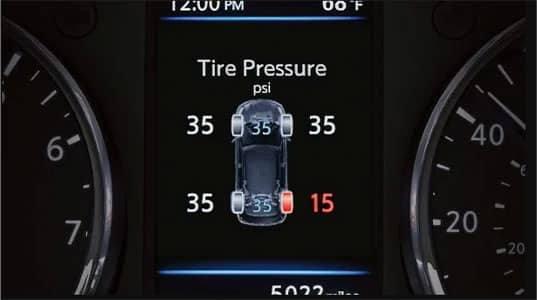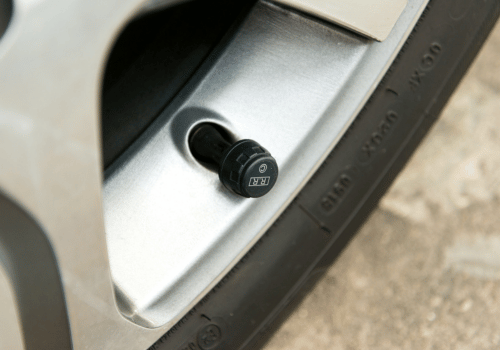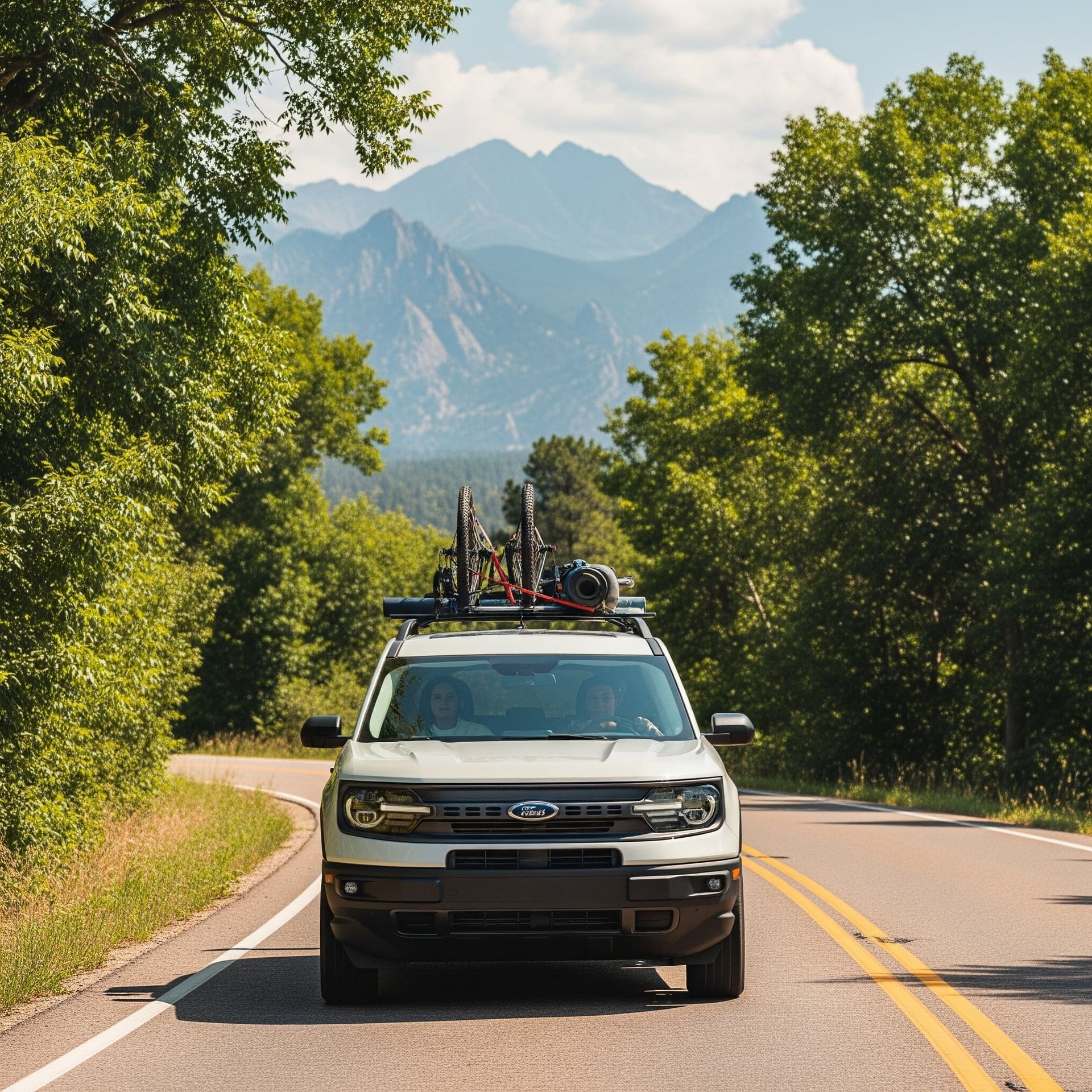Tire Pressure Monitoring Systems

All passengers cars, light trucks and vans made from 2008 onward are required by law to have tire pressure monitoring systems. About seventy percent of 2007 models have TPMS. Tire pressure monitoring systems alert the driver when the pressure in any tire falls below a minimum acceptable level.
Special Things You Should Know
- You still need to check your tires and tire pressure once a month. TPMS only alerts you when the pressure drops below a minimum acceptable level. It does not mean your tires are filled at their optimum recommended psi.
- If your TPMS system alerts you to a low tire pressure you will need to reset the system after filling your tires. Check your owner manual to find out how. The system also needs to be reset if you have your tires rotated.
- In Colorado, on days when temperatures drop rapidly your TPMS can set off a false warning. Check your tire pressure using a good gauge. If the pressure is okay, reset the TPMS.
- Do not use a tire sealant product (such as Fix-a-Flat) to temporarily fill your tires if you have a TPMS. There are mixed reviews on whether these products clog up the sensor valves that monitor your tire pressure. Play it safe and avoid them.

You’re driving through Boulder on a chilly Fall morning. The crisp air, the smell of leaves, and the color of a new season is breaking through. You’ve just started your commute, and as you turn onto Canyon Boulevard, the TPMS light on your dashboard lights up. Panic sets in for a moment. Is it safe to continue driving? What does this mean?














